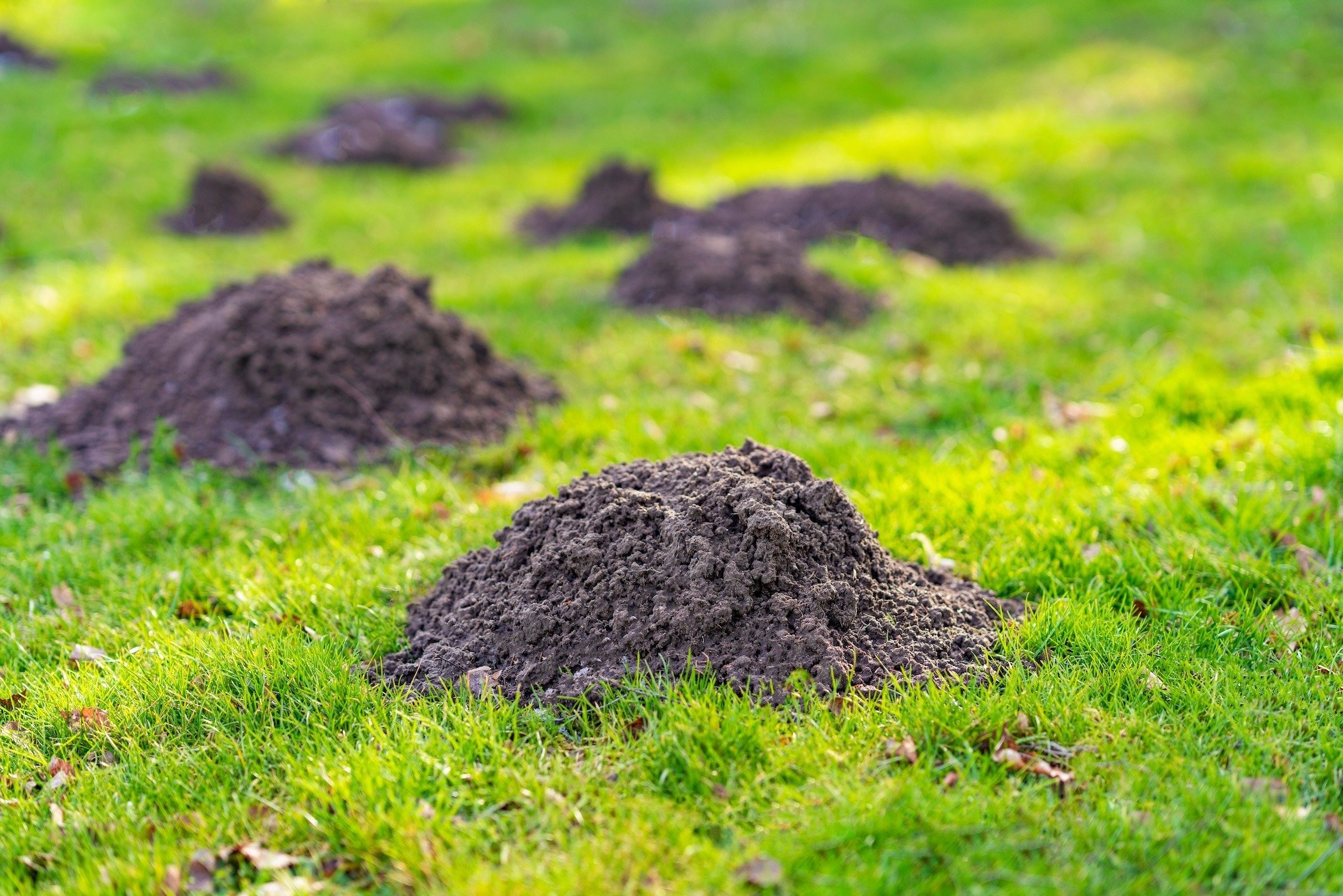Safeguard Your Yard: Effective Vole Control Techniques
Safeguard Your Yard: Effective Vole Control Techniques
Blog Article
Comprehensive Guide to Reliable Vole Parasite Control: Invasion Identification and Therapy Methods
In the realm of reliable parasite control, vole problems posture an one-of-a-kind obstacle that requires a tactical method. By exploring the nuances of vole actions, recognizing vital indicators of problem, and examining a range of control alternatives, one can develop an extensive method to battle these evasive parasites.
Understanding Vole Behavior
Vole behavior is characterized by their burrowing habits and rapid reproduction rates, making them a challenging insect to manage successfully. These tiny rats typically create intricate tunnel systems underground, utilizing them for sanctuary, food storage, and transport. Voles are herbivores, eating a selection of plants, bulbs, roots, and grasses, which can create significant damages to yards, orchards, and lawns. Their rapid reproductive price additional complicates control initiatives, with women capable of producing multiple clutters in a single year, each consisting of a number of offspring.
Recognizing vole behavior is vital for reliable pest control methods. By identifying their burrow places, checking feeding areas, and applying targeted control methods, such as trapping or habitat adjustment, vole invasions can be managed successfully.
Signs of Vole Problem

Prevention Approaches
Carrying out reliable avoidance techniques is vital in decreasing vole infestations and securing plants from their devastating feeding habits (vole lawn damage). To protect against vole infestations, it is important to begin by removing potential food sources and sanctuary. Maintain grass and plants cut short, remove weeds and particles, and maintain a neat yard or lawn to make the location less eye-catching to voles. Installing barriers such as equipment cloth or below ground secure fencing can also help discourage voles from going into particular areas. Furthermore, minimizing excess wetness by taking care of dripping pipelines and making certain proper drainage can make the environment much less friendly for voles.
Consistently checking the property for indicators of vole task, such as runways and tunnel openings, is vital for very early discovery and punctual activity. If vole activity is thought, take into consideration using traps or repellents purposefully positioned near their pathways.
Non-Lethal Control Approaches
To properly manage vole populaces while focusing on humane approaches, non-lethal control methods use sensible services for lowering vole damages in landscapes and yards. One effective method is making use of physical obstacles such as hardware fabric or wire mesh to safeguard vulnerable plants. These obstacles can be buried at least 12 inches curved and deep at a 90-degree angle to stop voles from tunneling beneath. Furthermore, habitat adjustment can prevent voles by reducing their preferred food sources and concealing spots. Maintaining a well-mowed yard, eliminating particles, and maintaining greenery trimmed can make the setting much less attractive to voles.

Lethal Control Options
One reliable technique for resolving vole invasions in landscapes and yards entails the strategic use of lethal control options. When faced with a serious vole infestation that non-lethal techniques have actually failed to include, carrying out dangerous control procedures ends up being vital. Generally, when using dangerous control choices, it is necessary to do so sensibly and in conformity with neighborhood regulations to efficiently manage vole infestations.
Conclusion
To conclude, efficient vole pest control requires an extensive understanding of vole behavior, identification of signs of invasion, application of avoidance approaches, and use of both non-lethal and lethal control techniques. By incorporating these techniques, people can effectively take care of vole populations and shield their building from damages. It is essential to address vole infestations quickly to prevent more concerns and reduce the effect on the surrounding atmosphere.
Provided the elaborate passage systems and rapid reproduction prices particular of voles, identifying the signs of vole infestation ends up being vital in reliable pest control. One of the main indicators of vole visibility is the presence of surface paths or trails in lawn or snow, generally concerning 1-2 inches vast, produced as voles travel between their burrows and food sources.To efficiently handle vole populaces while focusing on gentle methods, non-lethal control methods supply useful options for reducing vole damage in landscapes and yards.One efficient method for addressing vole problems in landscapes and gardens involves the tactical usage of deadly control choices. vole pest control.In verdict, effective vole bug control requires an extensive understanding of vole actions, recognition of indications of infestation, implementation of avoidance approaches, and application of both lethal and non-lethal control methods
Report this page